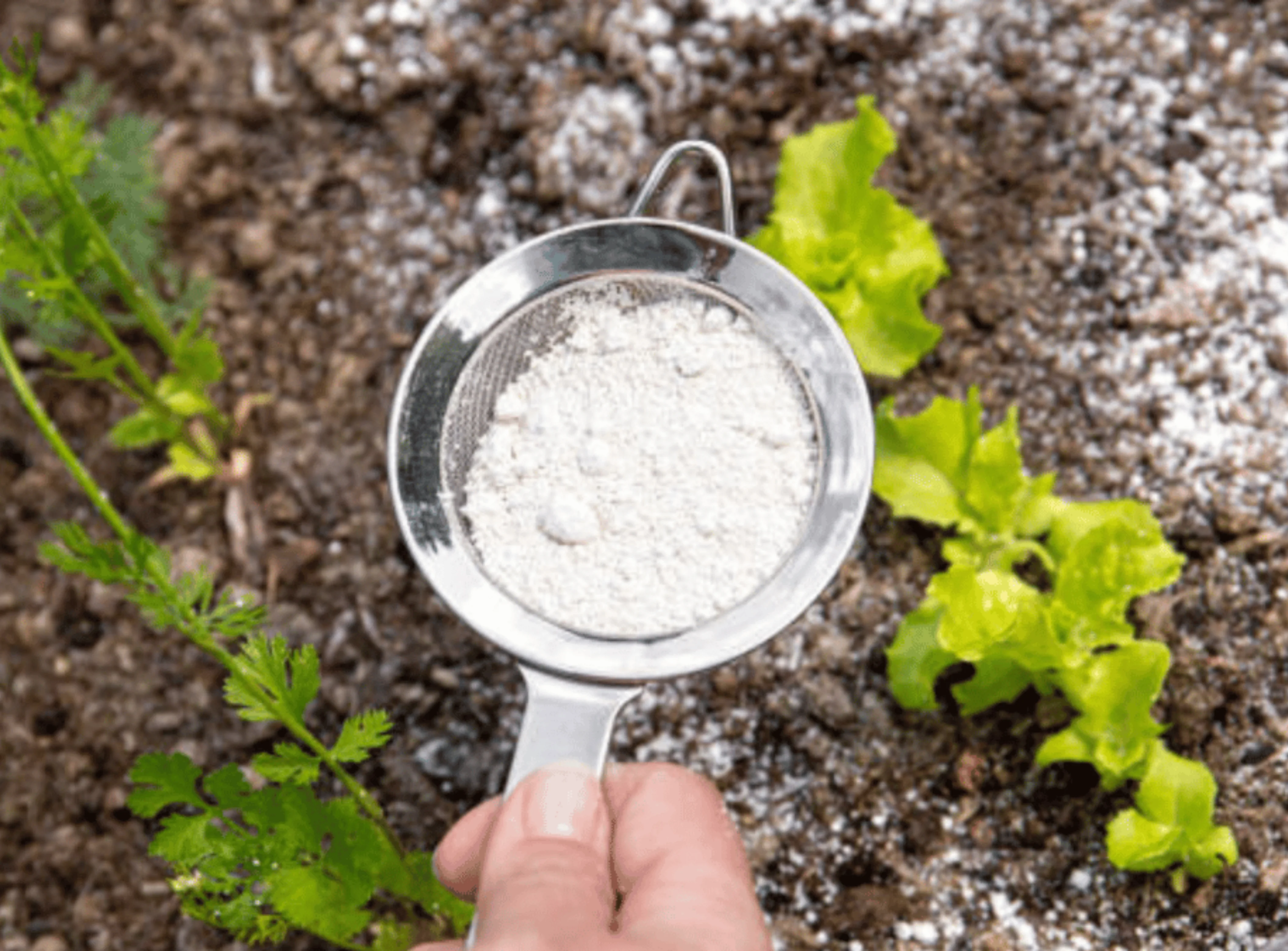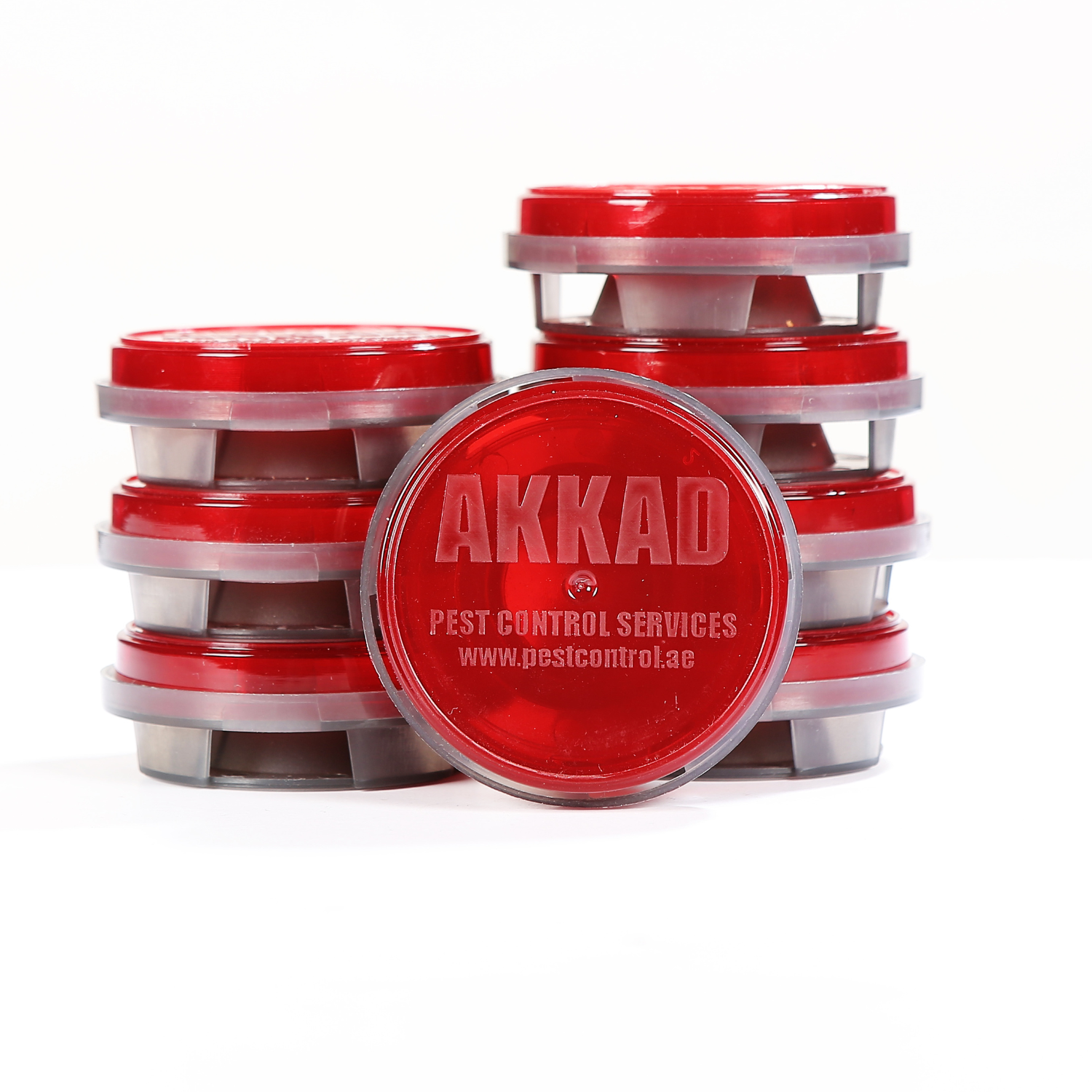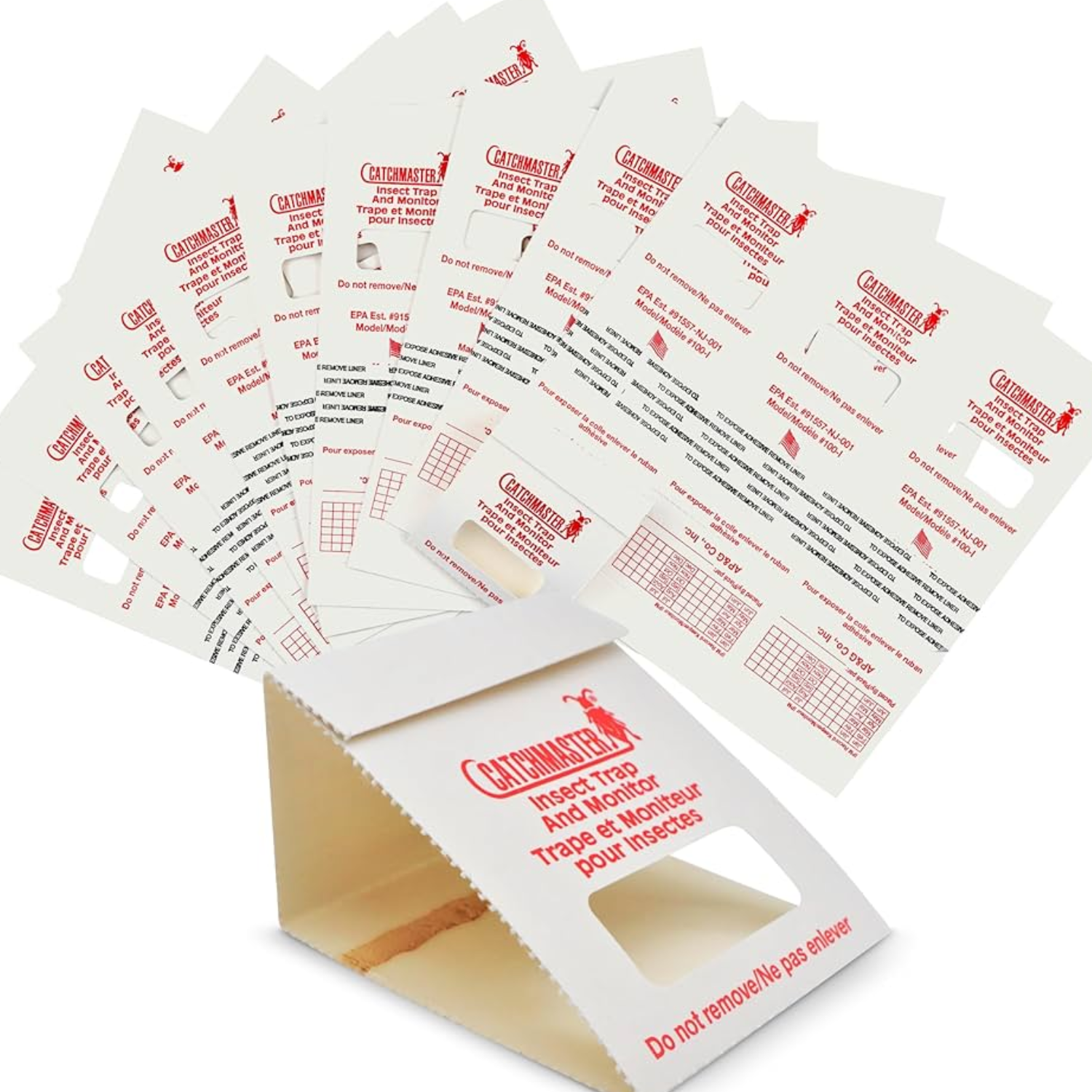Bed Bugs Treatment
Can We Get Rid of Bed Bugs on Our Own?
Bed bugs are small, elusive pests that can be a nightmare to deal with. They thrive on the blood of warm-blooded hosts, primarily humans, and are often found in places like mattresses, box springs, and furniture seams. Understanding their life cycle is crucial for effective control and prevention.
Bed bugs undergo a three-stage life cycle: egg, nymph, and adult. Female bed bugs lay tiny white eggs in secluded areas such as cracks, seams, and crevices. These eggs hatch in 6 to 10 days into nymphs, which are smaller versions of adult bed bugs. Nymphs molt five times as they grow, requiring a blood meal before each molt. Under favorable conditions, they mature into adults within a month. Adults can survive for months without feeding and can live up to a year, making them incredibly resilient.
One of the most challenging aspects of bed bugs is their ability to spread quickly. They hitch rides on clothing, luggage, furniture, and other items, infiltrating new environments with ease. Signs of a bed bug infestation include red, itchy bites, dark excrement stains on bedding, shed skins, and tiny blood spots on sheets. If left untreated, a small infestation can quickly become a significant problem.
Preventing bed bugs requires vigilance and proactive measures. When traveling, inspect hotel rooms thoroughly and keep luggage off the floor. At home, use bed bug-proof encasements on mattresses and box springs, regularly vacuum cracks and crevices, and inspect secondhand furniture carefully before bringing it indoors. Sealing cracks in walls and furniture can also reduce potential hiding spots.
Understanding the bed bug life cycle and implementing preventative strategies is essential for keeping these pests at bay. For severe infestations, professional pest control services are often the most effective solution, ensuring thorough eradication and peace of mind.
.webp)
Life Cycle Of Bed Bug
- Inspect and Identify: Begin by thoroughly inspecting all areas where bed bugs might be hiding. Look for live bugs, eggs, and dark stains (excrement) in seams of mattresses, cushions, behind picture frames, baseboards, and cracks in furniture. Use a flashlight to ensure no area is overlooked.
- Declutter the Area: Bed bugs thrive in cluttered spaces. Clear out unnecessary items and ensure that all items removed are sealed in plastic bags to prevent spreading the infestation.
- Vacuum Thoroughly: Use a vacuum cleaner with a crevice tool to target seams of mattresses, cracks in furniture, carpet edges, and baseboards. Dispose of the vacuum bag or contents immediately into a sealed bag and place it in an outdoor trash bin.
- Steam Treatment: High-temperature steam (above 120°F or 49°C) can kill bed bugs and their eggs on contact. Focus on mattresses, box springs, upholstered furniture, and other hard-to-reach areas. Move slowly to ensure effective heat penetration.
- Launder Infested Items: Wash bedding, curtains, and clothing in hot water (at least 120°F) and dry on the highest heat setting for 30-45 minutes. Store clean items in sealed bags or containers to prevent re-infestation.
- Use Bed Bug Encasements: Cover mattresses and box springs with bed bug-proof encasements. These covers trap any remaining bed bugs and prevent new infestations.
- Apply Natural and Chemical Treatments: Use diatomaceous earth, a natural powder, in cracks and crevices. It dehydrates bed bugs and is safe for humans. For stronger infestations, over-the-counter insecticides specifically designed for bed bugs can be applied carefully following the manufacturer’s instructions.
- Seal Cracks and Holes: Repair any cracks in walls, furniture, or baseboards to eliminate hiding spots for bed bugs. Use caulk or sealant for an airtight barrier.
- Monitor Progress: Set up bed bug traps or interceptors under bed legs to catch any remaining pests. Regularly check these traps to gauge the infestation level.
DIY methods require consistent effort and are more suitable for mild infestations. Severe cases often demand professional intervention.
DIY vs. Pest Control Companies
When dealing with bed bugs, you have two main options: Do-It-Yourself (DIY) treatments or hiring pest control professionals. Each has its pros and cons, but for long-term and guaranteed results, pest control companies are often the preferred choice.
DIY Methods
- Cost-Effective: DIY methods are less expensive, making them an attractive choice for budget-conscious individuals.
- Immediate Action: You can begin treatment immediately without waiting for appointments.
- Customizable: You have full control over the products and methods used, tailoring the approach to your specific needs.

Diatomaceous Earth: The Better Solution for Bed Bugs - Affordable and DIY-Friendly
Pest Control Companies
- Expertise: Professional exterminators are trained to identify the infestation’s extent and apply the most effective treatment methods.
- Advanced Equipment: Professionals use industrial-grade steamers, chemicals, and other tools that are not available for retail.
- Comprehensive Approach: Pest control companies treat the entire property, targeting hidden areas you might overlook.
- Long-Term Prevention: Many companies offer follow-up treatments and provide guidance on preventing future infestations.
- Time-Saving: A professional service is faster and often more effective than multiple rounds of DIY treatments.
While DIY methods can handle small-scale problems, professional pest control services ensure complete eradication and long-term peace of mind.
How to Stop Bed Bugs for the Future
To prevent bed bugs from returning, adopt these proactive measures:
- Regular Inspections: Periodically check mattresses, furniture, and luggage for signs of bed bugs. Early detection is key to avoiding large infestations.
- Protective Covers: Invest in high-quality, bed bug-proof encasements for your mattresses, box springs, and pillows.
- Maintain Cleanliness: Keep your home clutter-free and vacuum regularly, especially in bedrooms and living areas.
- Travel Smart: Inspect hotel beds and furniture when traveling. Keep luggage off the floor and unpack directly into a washing machine upon returning home.
- Avoid Used Furniture: Be cautious when purchasing secondhand furniture. Thoroughly inspect and treat items before bringing them indoors.
- Seal Entry Points: Use caulk to seal cracks in walls, floors, and furniture where bed bugs could enter or hide.
- Use Monitors: Place bed bug traps or interceptors under bed legs and furniture to detect new infestations early.
Products to Stop Bed Bugs
Several products can help combat bed bugs effectively. Here are some recommendations:
- Bed Bug Sprays: These sprays are designed to kill bed bugs on contact and often leave a residual effect to prevent future infestations.
- Encasements: Mattress and box spring covers designed to trap bed bugs and prevent them from escaping or infesting new areas.
- Steam Machines: High-temperature steamers are highly effective in killing bed bugs and eggs without the use of chemicals.
- Traps and Interceptors: Devices placed under bed legs to capture bed bugs and monitor the infestation.
- Diatomaceous Earth: A natural, non-toxic powder that dehydrates and kills bed bugs on contact.
- Pest Control Kits: Comprehensive kits that include sprays, powders, and traps for a multi-pronged approach.
Combining these products with professional pest control services ensures maximum effectiveness in treating and preventing bed bug infestations.
Products Used To Bed Bug Treatments
FAQ's Bed Bug Treatment
Bed bugs commonly enter homes and businesses by hitching a ride on luggage, clothing, furniture, or even people. They are often picked up in places with high foot traffic such as hotels, public transport, or shared living spaces. Bed bugs can also spread through adjacent apartments or walls in multi-unit buildings.
Bed bug treatment involves a combination of methods including professional inspection, chemical or heat treatments, and follow-up visits. The process typically starts with a thorough inspection to identify infested areas, followed by the application of safe and effective treatments. Heat treatments kill bed bugs and eggs by raising the temperature to lethal levels, while chemical treatments target hidden pests. A follow-up ensures complete eradication.
The cost of bed bug treatment varies based on the severity of the infestation, the size of the property, and the treatment methods used. In Deira, prices start at 99 AED per session for standard treatments, while more extensive treatments or warranty packages may cost more. A tailored quote can be provided after an inspection to ensure accurate pricing.
The cost varies depending on the severity of the infestation and treatment requirements. Immediate assistance for urgent issues is available at a rate of 99 AED per session. For continuous protection, a 6-month warranty begins at 157.5 AED for studio apartments, encompassing unlimited calls. Our pricing models are structured to meet diverse financial constraints and preferences, enabling customers to select their desired pest control package. From swift fixes to comprehensive coverage, our services are geared towards delivering value and efficiency. The 6-month warranty guarantees prompt resolution of any pest-related concerns without extra charges for service calls.
To ensure effective pest management, it might be advisable to schedule treatments every two to three months or quarterly, particularly in areas where insect infestations are common. Assessing local pest species, infestation levels, and consulting with pest control professionals are essential in determining treatment frequency.
Absolutely. Pest control is important for household hygiene, thwarting and eliminating pests' growth and spread effectively. Consistent practices play a crucial role in keeping homes pest-free.
Upon assessing the situation, a licensed technician will propose a tailored plan of action, which might encompass multiple interventions for stubborn challenges or a singular service for immediate issues. To determine the exact volume of treatments necessary to handle the infestation effectively, it's important to contact an exterminator.








